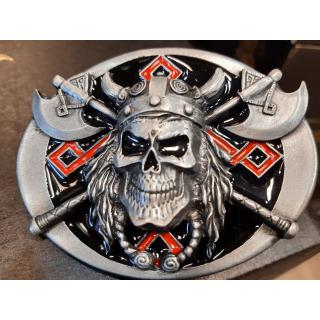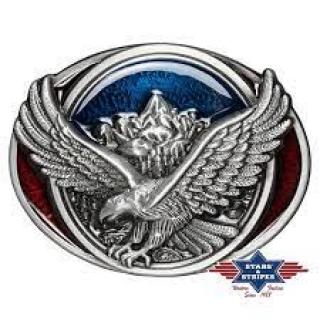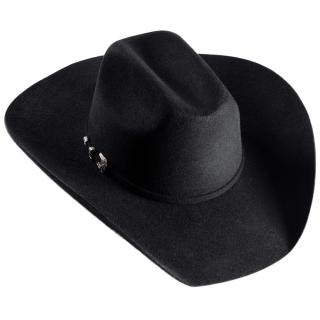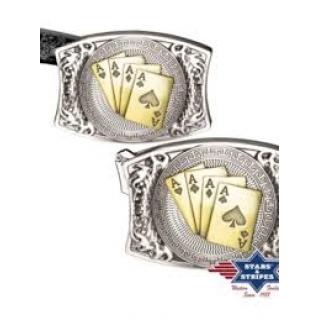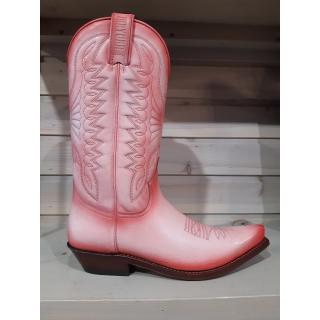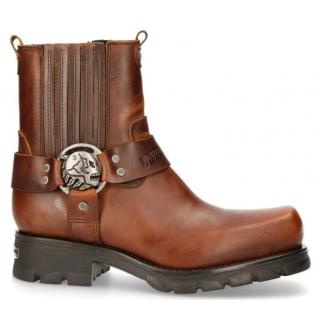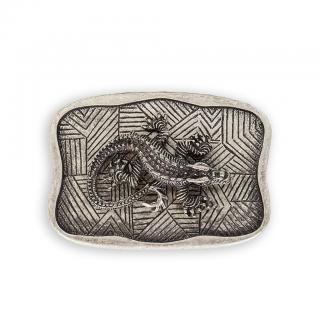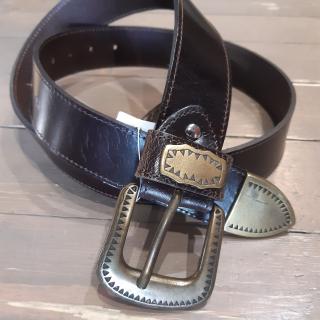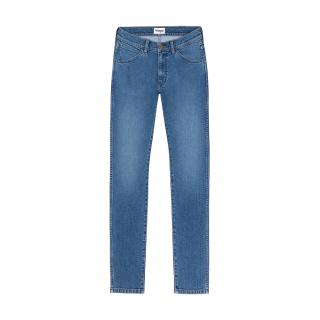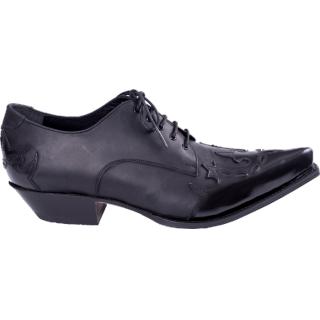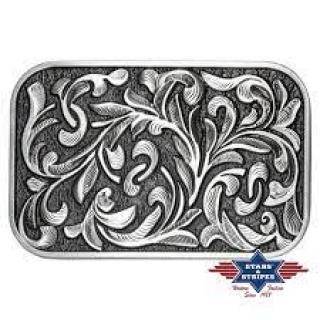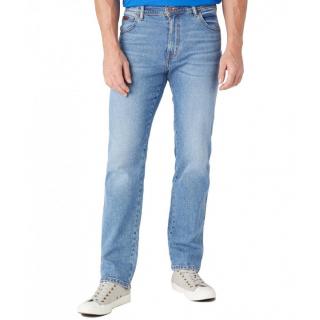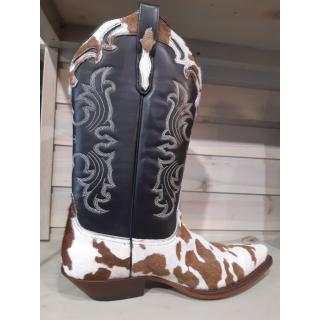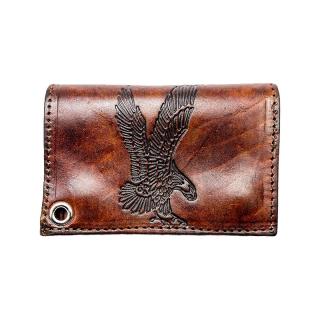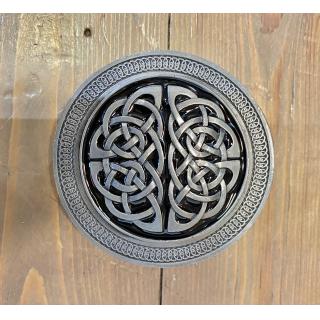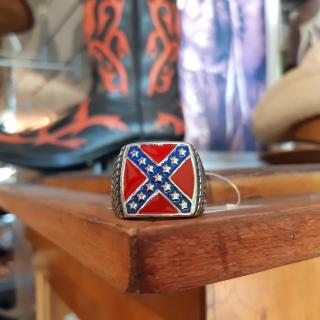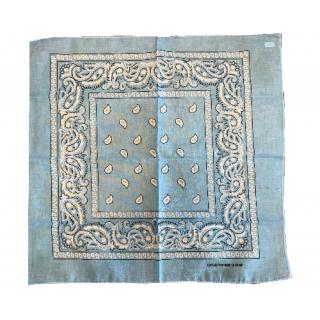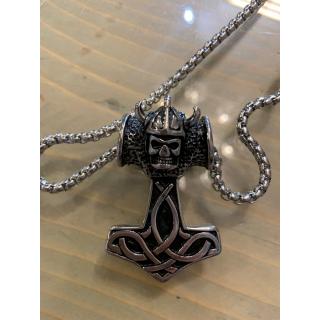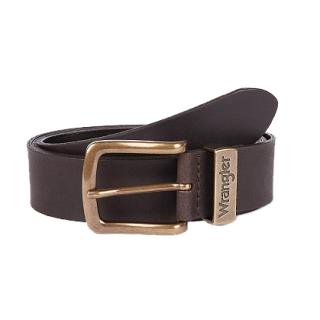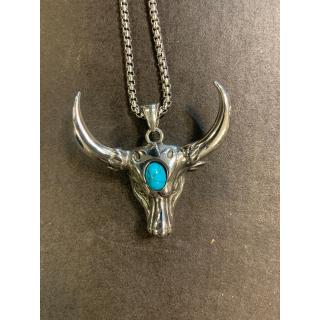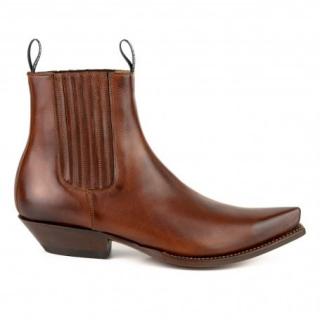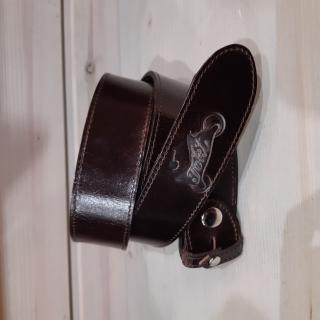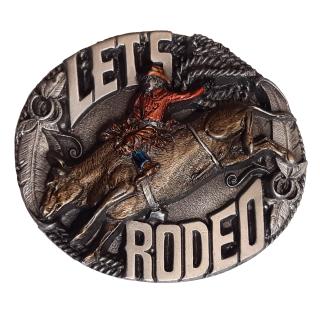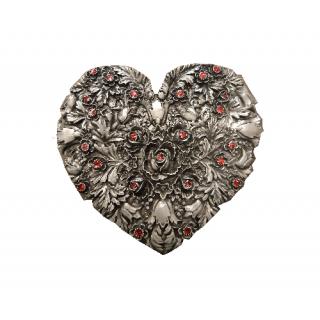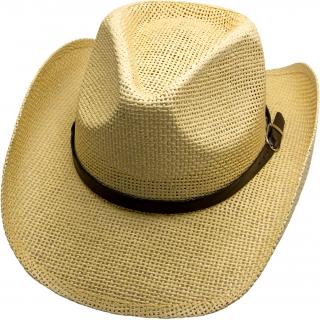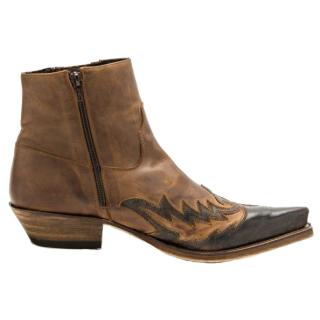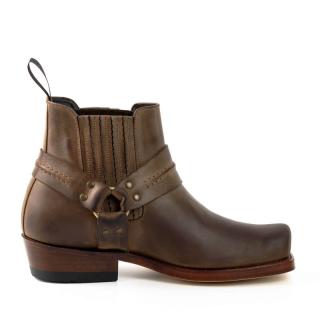
Religion and faith during the time of the Western expansion
As much as we might think that in the Wild West, people could rely solely on their six-shooters slung at their side, religion also played a significant role in this rugged world.
During the era of massive immigration, most newcomers arrived from Protestant European countries or fled from states persecuting Protestants. As a result, virtually every denomination of Protestantism can be found in American history.
Among these, we must highlight the Baptist and Methodist churches, which had a significant influence on the settlement of the western frontier.
Their role extended beyond providing moral guidance and spiritual support – they had a substantial impact on people's daily lives, family affairs, child-rearing, and even on matters of sexual practices.

The pastors considered their presence in the West a true mission and viewed the conversion of Native Americans to the Christian faith as genuine civilization. However, initially, these missionaries had little success among Native Americans who practiced their ancient natural religions. The indigenous people often saw the white missionaries who mocked and looked down on their beliefs as evil spirits. For example, the Whitman couple's activities were so disapproved of that they were murdered in 1847.
In addition to the conversion of Native Americans, it often turned out that there was an even greater need for spreading the faith among the pleasure-seeking and self-enriching whites in mining towns and colonies living off of cattle drives. Improving their spiritual lives became essential.
As a Protestant minister once put it: "There is no Sunday west of Junction City, and there is no God west of Salina..."
However, sometimes the pastors themselves strayed from the right path instead of guiding the wayward. In certain churches, the selection of pastors was handled quite flexibly, and it wasn't uncommon for some clergymen to prioritize money-making.
In the early days, before churches were built, services were held in bars, barns, dusty squares, or even by the water, where impromptu baptisms could take place before the sudden onset of spiritual fervor.
.

(The clothing worn by Mormons under all circumstances for moral considerations.)
Did you know?
...starting from the 1850s, Protestant churches waged a campaign to preserve Sundays when dancing, drinking, and gambling were prohibited.
Perhaps because of this, there were still relatively few worshippers in churches, with most being women who, despite their important roles, represented a suppressed minority in terms of influence. Moreover, the church itself did not unequivocally support women, denying them the right to become ministers, even though they were often the ones engaged in education.
Alongside local ministers, itinerant preachers brought color to the spiritual lives of people in the Wild West. They traveled as traveling members of churches, paying for their room and board through hymn singing or biblical sermons.
Wesley van Orsdel, a prominent representative of these preachers, was known to always wear cowboy attire while traveling between towns until he was suspected of horse theft. He was about to be hanged when he convinced his would-be executioners of their mistake by singing a hymn. After being released, he vowed never to part with his black suit again.
When discussing the religions of America and the western region, we can't leave out the Mormon Church, founded by Joseph Smith in the 1820s.

One of the fundamental tenets of the Book of Mormon published by him states that every individual must relinquish their individual rights for the greater good of the community. However, among the revelations, more intricate ideas can be found...
Did you know?
In the early decades of the Mormon Church, it was permissible for every Mormon man to have as many wives as he could support. Many believed that this served to rapidly increase the church's membership. For instance, Joseph Smith had over 60 wives, and his successor Brigham Young proudly had 20 wives and 57 children.
Due to these permissive rules, the majority of Americans considered this religious practice as sinful, to the extent that Smith was assassinated in 1844.
While some of the foundational principles of the early Mormon Church may seem unusual by today's standards, there's no doubt that Mormonism played a significant role in organizing and rallying the daily lives of its adherents. This gave the believers the strength to undertake incredible tasks such as founding cities, establishing irrigation systems, and creating factories.

Brigham Young, who succeeded Joseph Smith as the leader of the Mormon Church, led a few hundred of his followers westward to escape the opposition they faced in the eastern United States. They settled in the vicinity of the Great Salt Lake and established their city, which they considered the New Jerusalem, known today as Salt Lake City. Over time, it grew into a prosperous community.
Although the Mormons initially sought to join the United States, they were denied due to their practice of polygamy. It wasn't until 1890, after the abolishment of polygamy, that Utah was admitted as the 45th state of the USA.
While the majority of religious communities in America are predominantly Protestant, it's important to mention the presence of Catholics in the country's religious landscape.
In the western part of the United States, the first Catholics were the Spanish who appeared in the southwestern region, with a primary mission of converting Mexicans and Native Americans. Their religious practices exhibited significant differences from those of the Catholic tradition on the eastern coast. However, this changed rapidly when French priests arrived and assumed leadership. They prohibited various pagan customs that were previously tolerated, such as the veneration of indigenous saints and offerings of food and animals. The dark-skinned representations of Mary were replaced with images of blonde, fair-skinned figures.
Despite the influence of various religious movements that permeated the culture of the American West, including their daily lives, some remnants of Native American beliefs and ancient European folk traditions persisted. Regardless of their Christian convictions, many continued to have a fear of spirits, believed in the evil eye, and often attributed poor harvests to supernatural causes.

As a closing note, here are some interesting superstitions rooted in the old world but still found in America, reflecting the nation's diverse and rich cultural melting pot.
Did you know?
Cowboys in the Wild West considered it a bad omen if they saw an owl during the daytime. To enhance their good luck, they often wore small nuggets of gold, puma teeth, or arrowheads around their necks. They believed that arrowheads, in particular, had special powers when made from the bones of humans or animals.
This demonstrates how history and tradition blend to shape the unique culture and beliefs of the American people.

